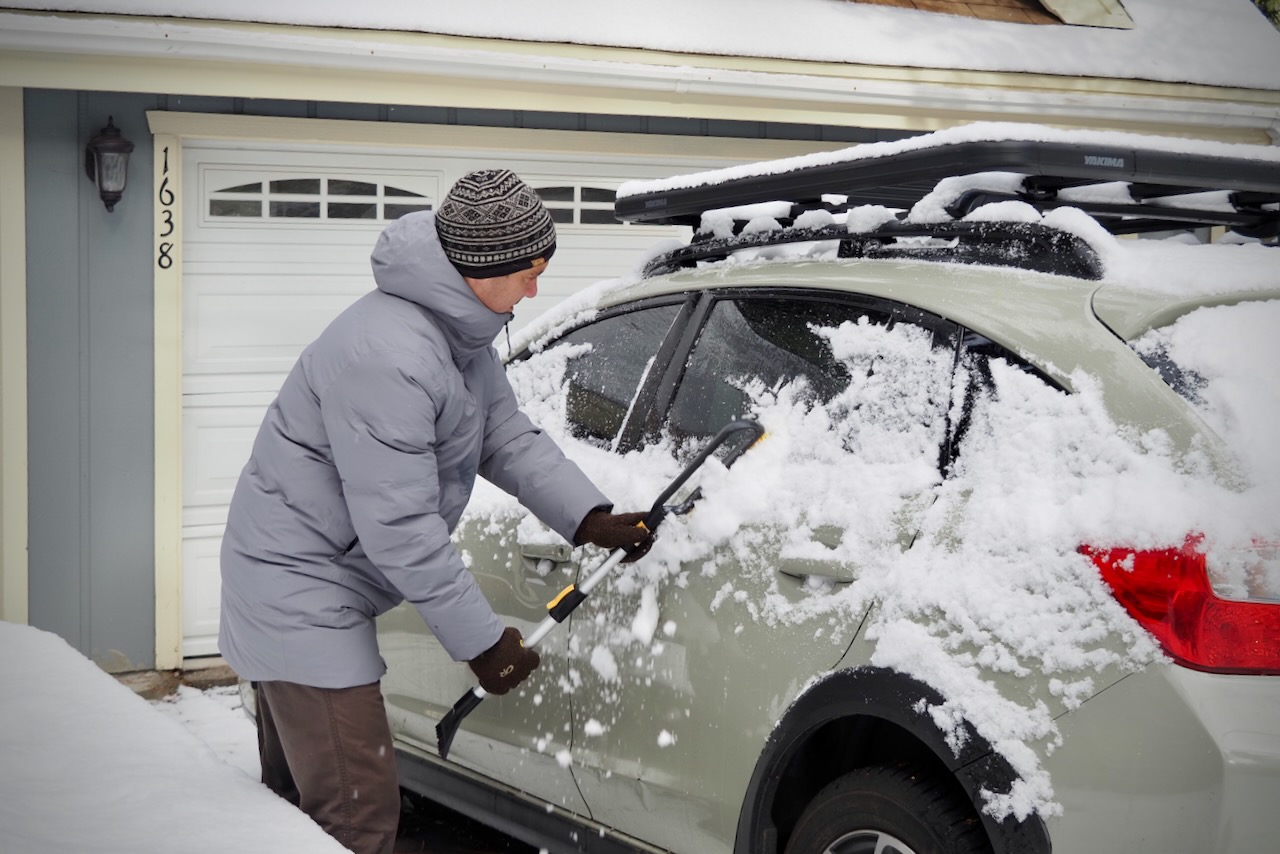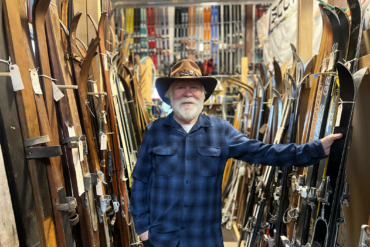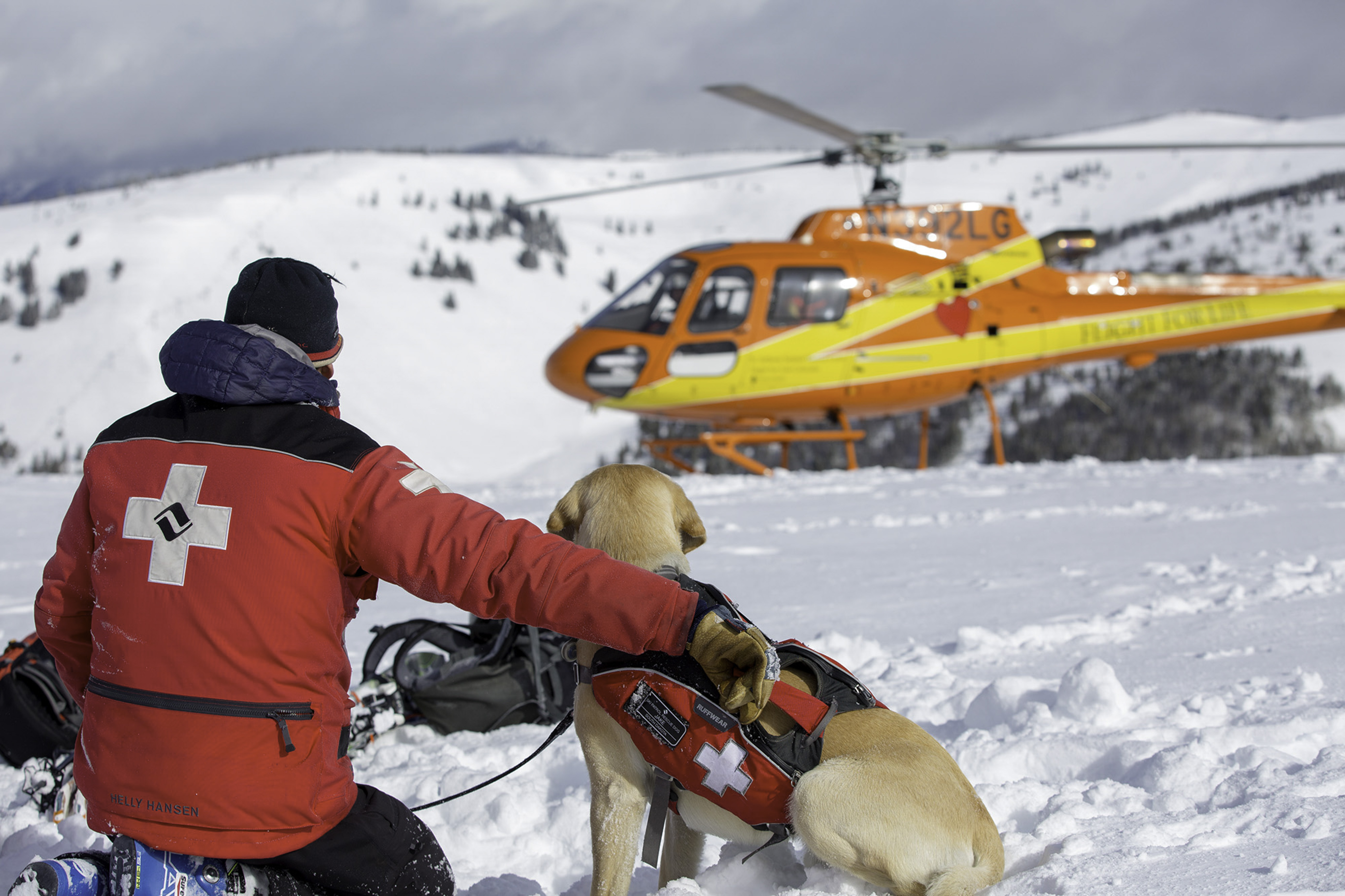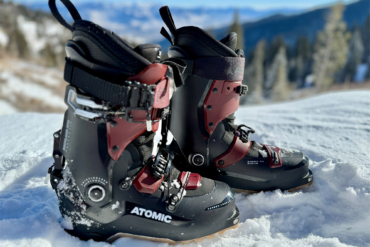In the vast and multi-billion-dollar snowsports industry, there exists dozens of boutique ski brands that are small, privately-owned operations catering to connoisseurs willing to drop large cash for boards customized to their particular snow-sliding niche. The outfits, including the likes of Aluflex, BumTribe and Grown Skis, might manufacture a few hundred pairs a season, selling to a demographic of likeminded freeskiers, powder seekers or heli enthusiasts.
“I compare the boutique brands to independent surfboard shapers,” said Kelly Davis, director of research at SnowSports Industries America in McLean, Va. “A lot of people are living their dream, trying to make the best ski possible.”
Into this fray enters Heidiskis, a Montreux, Switzerland, brand created by Heidi Blum, a former college racer and American expatriate from Marin County, Calif.

Heidiskis are handmade in an Austrian factory from planks of Swiss white ash.
The company (www.heidiskis.com) made its debut last season with a built-to-spec luxury custom ski concept that sold for 3,800 Euros. Its slogan: “Your ultimate personalized hand-made wood core skis.”
Indeed, that price tag made Heidiskis — which were built in an Austrian factory to the exact anatomy of each customer — among the priciest planks on the planet.
For the ’08 – ’09 season, Heidiskis will sell three retail offerings in powder, freeride and all-mountain profiles with prices starting at 1,200 Euros, or upwards of $1,500 per pair.
What makes Heidiskis so special? The skis employ Swiss white ash for a full tip-to-tail core touted as being higher quality than most anything in the industry. “To my knowledge, they are among the only ski brands who take the wood core the full length of the ski,” said Drew Simmons, a company spokesman.
Swiss white ash is known for its mix of flexibility and strength, as well as its ability to hold its camber forever, Simmons added.
Other Heidiskis notables include: artsy top-sheet designs; high-end “World Cup quality” P-TEX 4000 bases; Rockwell 48 extra wide steel edges; ABS sidewalls; and carbon reinforced mounts. Said Heidi Blum, Heidiskis’ namesake founder and lead designer: “Our goal is to change your expectations for how a ski should perform.”

Heidiskis’ retail offerings for the ’08-‘09 ski season.
To those high claims — and to the high price tag Heidiskis is proposing — Davis from SnowSports Industries America said: “Bring it on, I would love to demo a pair.”
In other words, Davis could not comment on Heidiskis’ performance. But she said the materials cited and the touted Austrian craftsmanship, though not exclusive, would put the pricey sticks in an upper-crust category marketed to “wealthy enthusiasts.”
Indeed, Simmons said Heidiskis will be sold only at a few ski shops in North America, likely in places including Aspen, Colo., Sun Valley, Idaho, and Whistler, British Colombia. “They are marketed to 100+day skiers,” Simmons said. “These are exclusive quality, the type of Austrian craftsmanship rarely seen by recreational skiers.”
Heidiskis’ retail line ships in small batches to shops starting this fall at $1,500 to $2,000 a pair. The custom builds are available online now at the aforementioned 3,800 Euros, or about $5,913 as per this week’s currency exchange. No word yet on the option to trade in a used Subaru to bank on a payment for the skis.
—Stephen Regenold writes the weekly Gear Junkie Scoop for Outsidemag.com and TheGearJunkie.com.






